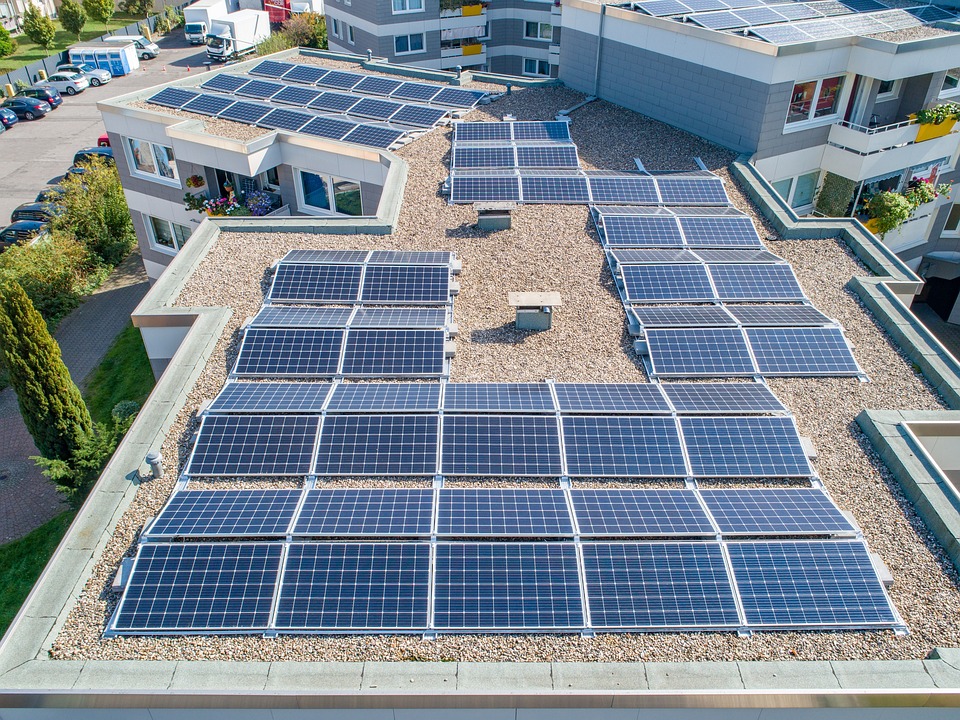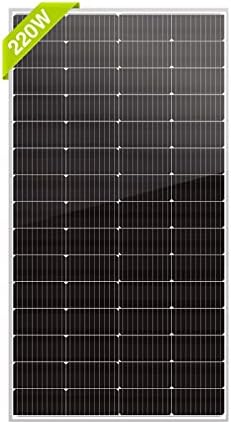# Solar Panel Smackdown: Monocrystalline vs. Polycrystalline vs. Thin-Film
When I first transitioned to a life off the grid, the idea of harnessing the sun’s energy was both thrilling and daunting. After doing a bit of research, I found myself staring at a bewildering array of solar panels, each claiming to be the ultimate solution for powering my new lifestyle. The sun, a brilliant source of energy, seemed to beckon, promising independence and sustainable living, but choosing the right solar panel felt akin to standing at the crossroads, unsure of which path to take. Today, I’m here to guide you through the solar panel smackdown between monocrystalline, polycrystalline, and thin-film panels, helping you make a well-informed choice for your own energy needs while also savoring the delight of living closer to nature.
## Understanding Solar Panels
Solar panels convert sunlight into electricity. This magic happens through photovoltaic (PV) cells that capture sunlight and turn it into usable energy. The three major types of solar panels—monocrystalline, polycrystalline, and thin-film—each have their own unique characteristics and advantages. Let’s explore each type more deeply, setting the stage for a thrilling tech showdown.
### Monocrystalline Solar Panels: The Elite Contender
Monocrystalline panels are often regarded as the gold standard of solar technology. Made from a single crystal structure, these panels efficiently convert sunlight into electricity, leading them to sport the highest efficiency ratings among their peers.
#### Pros of Monocrystalline Panels:
1. **High Efficiency**: Typically, these panels can achieve efficiency rates of 15-22%. This means you’ll need less space to produce the same amount of energy compared to other types.
2. **Longevity**: Most manufacturers offer a 25-year warranty, which speaks volumes about their durability.
3. **Space Saving**: Ideal for rooftops or limited spaces, these panels maximize energy output without requiring extensive installation areas.
#### Cons of Monocrystalline Panels:
1. **High Price Point**: Their superior efficiency comes at a cost, often making them the priciest option.
2. **Performance in Shade**: Monocrystalline panels can suffer if even a small portion is shaded since their design relies heavily on consistency.
### Polycrystalline Solar Panels: The Workhorse
Polycrystalline panels are made from multiple silicon crystals melted together. They have become quite popular due to their balance between performance and price.
#### Pros of Polycrystalline Panels:
1. **Affordability**: Generally, they are cheaper than their monocrystalline counterparts while still providing decent efficiency, usually around 15-20%.
2. **Less Energy Waste**: When it comes to manufacturing, polycrystalline panels produce less waste, contributing to a more environmentally friendly production process.
3. **Reliability**: While slightly less efficient, they perform well in both sunny and partially shaded conditions.
#### Cons of Polycrystalline Panels:
1. **Lower Efficiency**: While respectable, their efficiency scores are lower than monocrystalline options, which can necessitate more panels for the same energy output.
2. **Space Considerations**: They typically require more roof space due to their lower efficiency, which can be a constraint in certain living situations.
### Thin-Film Solar Panels: The Underdog
Thin-film panels have emerged as a flexible, lightweight contender in the solar energy arena. Made by layering thin materials onto glass or plastic, they offer unique benefits that fit specific needs.
#### Pros of Thin-Film Panels:
1. **Flexibility**: Their lightweight and bendable design allow for various applications, including on unusual surfaces or portable setups.
2. **Lower Production Costs**: At a lower price point than both monocrystalline and polycrystalline panels, thin-film options can make solar energy more accessible.
3. **Performance in High Temperatures**: Surprisingly, they tend to perform better in high temperatures than their crystalline counterparts.
#### Cons of Thin-Film Panels:
1. **Lower Efficiency**: With an efficiency range of around 10-12%, they typically require more panels to produce the same amount of electricity.
2. **Space Consumption**: Due to their lower efficiency, they often need more space and may not be practical for smaller roofs.
## The Smackdown: Which One Wins?
Now that we’ve dissected the pros and cons, it’s time for the ultimate smackdown. One way to break this down is by evaluating the three contenders based on key criteria: efficiency, cost, space requirements, and environmental impact.
### Efficiency Showdown
– **Monocrystalline** takes the crown with the highest efficiency rates.
– **Polycrystalline** follows, providing a solid middle ground.
– **Thin-Film** brings up the rear due to its lower efficiency ratings.
### Cost Analysis
– **Thin-Film**, at a lower average price, offers an entry-level option for those new to solar energy.
– **Polycrystalline** is budget-friendly yet still provides decent efficiency.
– **Monocrystalline** reigns supreme in efficiency but at a higher initial investment.
### Space Considerations
– **Monocrystalline** is the champion for those with limited space.
– **Polycrystalline** requires more area compared to its monocrystalline rival.
– **Thin-Film** struggles with space usage due to its lower output and efficiency.
### Environmental Impact
– Both **polycrystalline** and **thin-film** panels boast a more environmentally friendly manufacturing process.
– **Monocrystalline** may use more energy in production but offers longevity, contributing to overall sustainability.
## Pro Tips for Choosing the Right Solar Panel
1. **Assess Your Energy Needs**: Calculate how much energy you need based on your lifestyle and plan accordingly. This will help you determine how many panels you’ll need.
2. **Consider Installation Space**: Before making a selection, evaluate the available area on your property. Space constraints may push you toward a more efficient option like monocrystalline.
3. **Analyze Local Climate**: In areas with high temperatures or prolonged shading, thin-film panels may outperform crystalline options. Research the local weather patterns.
4. **Budget Wisely**: Factor in not just the initial cost but the long-term savings on your energy bills. Sometimes spending more upfront can save you money down the road.
5. **Check for Incentives**: Many states and local governments offer solar incentives, rebates, or tax credits. Doing your homework can offset costs significantly.
## Conclusion: Your Personal Energy Revolution Awaits
Choosing the right solar panel for your unique needs doesn’t have to be overwhelming. Armed with this knowledge, the comparison between monocrystalline, polycrystalline, and thin-film panels becomes clear. Whether you prioritize efficiency, cost, or environmental impact, each type has its own benefits. Remember, the path to energy independence is paved with informed choices.
Embrace your solar journey with confidence, and before you know it, you’ll be basking in that glorious sunshine—turning it into a beacon of sustainable living! So roll up your sleeves, plan your energy approach, and dive into this exciting new lifestyle. The sun is waiting for you!



